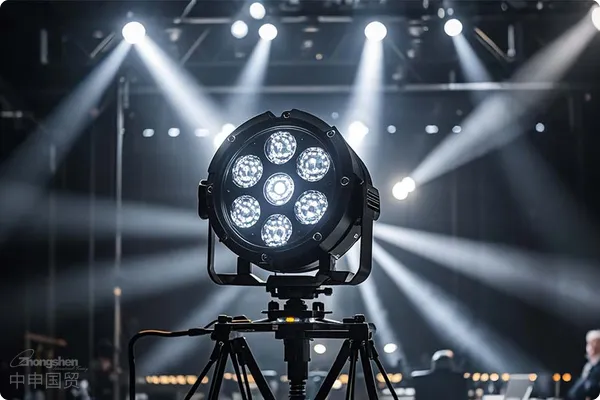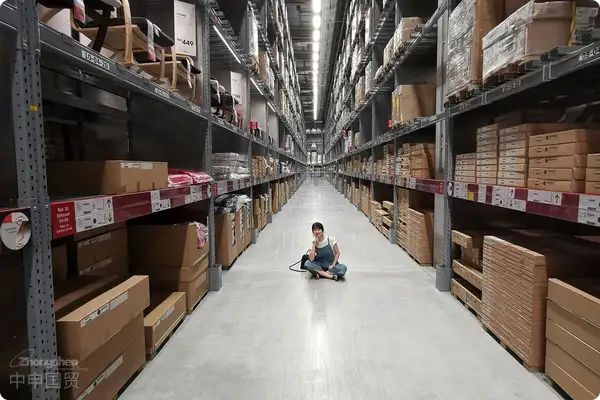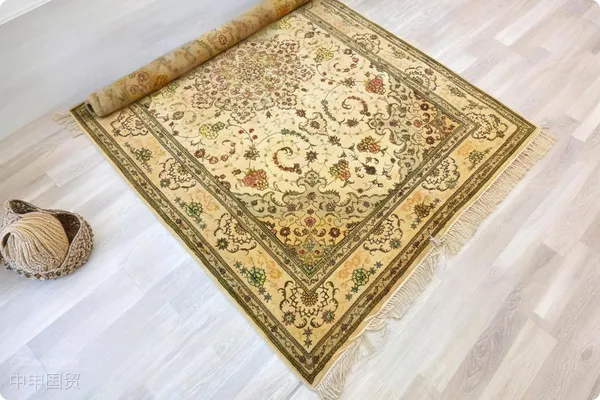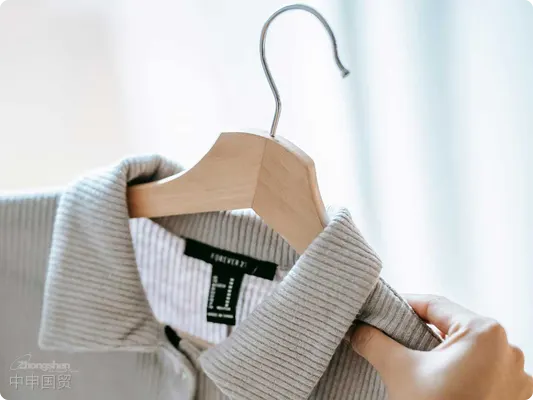- Shanghai Zhongshen International Trade Co., Ltd. - Two decades of trade agency expertise.
- Service Hotline: 139 1787 2118
The United States is one of the largest markets for LED lighting products globally, attracting numerous international manufacturers and exporters. However, due to strict standards and regulations covering electrical safety, energy efficiency, environmental protection, and other aspects, exporting LED lighting products to the U.S. is not straightforward. Understanding and complying with these regulations is crucial for enterprises to successfully enter the U.S. market. This article provides a detailed analysis of the relevant U.S. regulations and standards for LED lighting products, helping enterprises ensure compliance and smooth market entry.

47 CFR Part 15: Title 47, Part 15 of the Code of Federal Regulations—Radio Frequency Devices
Title 47 CFR Part 15 of the U.S. Code of Federal Regulations (47 CFR Part 15) covers electronic devices with radio frequency energy between 9 kHz and 3,000,000 MHz, including most LED lighting products.for containers exported to the USLED products must meet the following requirements:
Unintentional Radiators
Definition: Unintentional radiators refer to devices that generate radio frequency energy internally or transmit signals through connected wiring, but do not intentionally emit radio frequency energy through radiation or induction. Most LED lighting products fall into this category.
For products that require the addition of inhibitors or stabilizers, relevant instructions should be provided to ensure the stability of the chemical products during transportation and storage.
? Suppliers must complete the Supplier Declaration of Conformity (SDoC) process.
? Conduct laboratory testing to ensure products comply with FCC regulations.
? Prepare and maintain SDoC documentation and technical files, such as user manuals and technical reports.
? Affix appropriate product labels with FCC markings and compliance information on products and packaging.
Intentional Radiators
Definition:Intentional radiators refer to devices designed to emit radio frequency energy through radiation or induction, such as LED lighting products with Wi-Fi or Bluetooth connectivity.
For products that require the addition of inhibitors or stabilizers, relevant instructions should be provided to ensure the stability of the chemical products during transportation and storage.
? Must complete certification by submitting documents to a Telecommunication Certification Body (TCB).
? Conduct testing at FCC-recognized laboratories to ensure compliance with relevant standards (e.g., ANSI C63.10.2020).
? Submit technical reports and affix FCC markings with compliance information on products.
16 CFR Part 1120: High-Risk Products List for Seasonal and Decorative Lighting Products
Regulatory Scope:16 CFR Part 1120 primarily targets some high-risk seasonal and decorative lighting products, applicable to lighting products with nominal input voltage of 120 volts, portable, plug-connected power supply and for temporary use, including star lights, garland lights, candle lights without shades, illuminated sculptures, etc. Products not covered by this regulation include battery-powered products,solarProducts powered by electricity, using transformers or low-voltage power supplies, etc.
UL588 standard - Safety requirements for seasonal and holiday decorative products:
? Requirements:Products not compliant with UL588 standards (e.g., star lights) may pose safety hazards.
? Safety Standards:Minimum wire size, strain relief capability, and overcurrent protection are required to ensure product safety.
10 CFR Part 430 and 10 CFR Part 429: Energy Conservation Regulations for Consumer Products
10 CFR Part 430:The U.S. Energy Policy and Conservation Act (EPCA) specifies testing procedures and energy efficiency standards for LED and OLED lighting products, covering the following parameters:
? Input Power:Measure actual input power to ensure compliance with energy efficiency standards.
? Lumen Output:Specifies that product light output (brightness) must meet certain standards.
? Lamp Efficacy:Measure lighting efficiency to ensure high energy utilization.
? Correlated Color Temperature (CCT):Detect the color performance of the light source.
? Power Factor:Measure electrical conversion efficiency.
? Time to Failure and Standby Mode Power:Specify product lifespan and standby mode power consumption.
10 CFR Part 429:Require manufacturers to provide detailed certification reports, including product model, manufacturer information, sample testing quantity, etc.
16 CFR Part 305: Energy Labeling Requirements
Energy Efficiency Label Requirements:
16 CFR Part 305 stipulates that LED and OLED luminaires must provide the following information on their labels:
? Light Output:The brightness of the fixture, measured in lumens.
? Estimated Annual Energy Cost:The annual electricity cost of the fixture.
? Fixture Lifetime:Estimated service life.
? Correlated Color Temperature:Indicates the hue of the light source (warm light, cool light, etc.).
? Wattage:The power consumption of the fixture.
? Design Voltage:Must be labeled if not the standard 120 volts.
? Mercury Content Declaration:If the product contains mercury, it must be stated on the label.
V. UL standards and RoHS regulations
UL standards:
Although UL standards are often voluntary, LED products generally need to comply with relevant UL standards to ensure safety and market acceptance.
?UL 8750:Specifies requirements for LED devices used in lighting products to ensure safety and reliability.
?UL 588:Specifies safety requirements for seasonal and holiday decorative products (e.g., illuminated sculptures).
?UL 8753:Specifies safety requirements for field-replaceable LED light engines.
RoHS requirements:Multiple U.S. states, such as California, Illinois, and New Jersey, have enacted their own RoHS regulations restricting hazardous substances in electronic products. LED products must comply with these state regulations, limiting the use of hazardous substances like lead, cadmium, and mercury.
Other Regulatory Requirements
Country of Origin Labeling:Under U.S. consumer product regulations, all LED lighting products must clearly indicate the country of origin on the label. For example, if a product is made in China, the label must clearly state Made in China.,
Toxic Substances Control Act (TSCA):TSCA regulates the restrictions on specific substances in product components, such as persistent, bioaccumulative, and toxic substances (PBTs), ensuring that the content of these hazardous materials complies with regulations.
California Proposition 65:LED products may contain substances listed under California Proposition 65 (such as phthalates, cadmium, etc.), requiring product testing to ensure these substances do not exceed specified limits.
Conclusion
The U.S. market has stringent regulatory requirements for LED lighting products, ranging from the management of radio frequency equipment to energy efficiency labeling regulations. Each requirement is essential to ensure product quality and consumer safety. Mastering these mandatory regulations not only helps you clear customs smoothly but also wins market trust. Ensure your products comply with U.S. market entry requirements and unlock new business opportunities!
Related Recommendations
? 2025. All Rights Reserved. Shanghai ICP No. 2023007705-2  PSB Record: Shanghai No.31011502009912
PSB Record: Shanghai No.31011502009912










